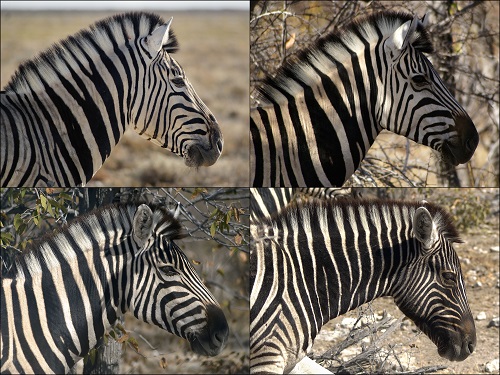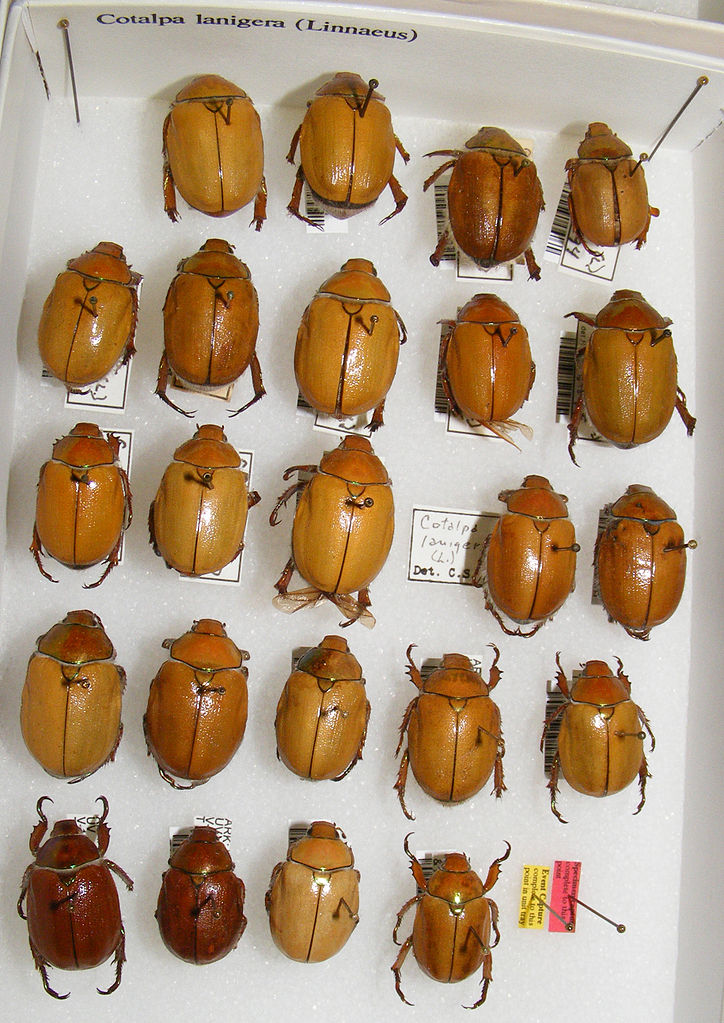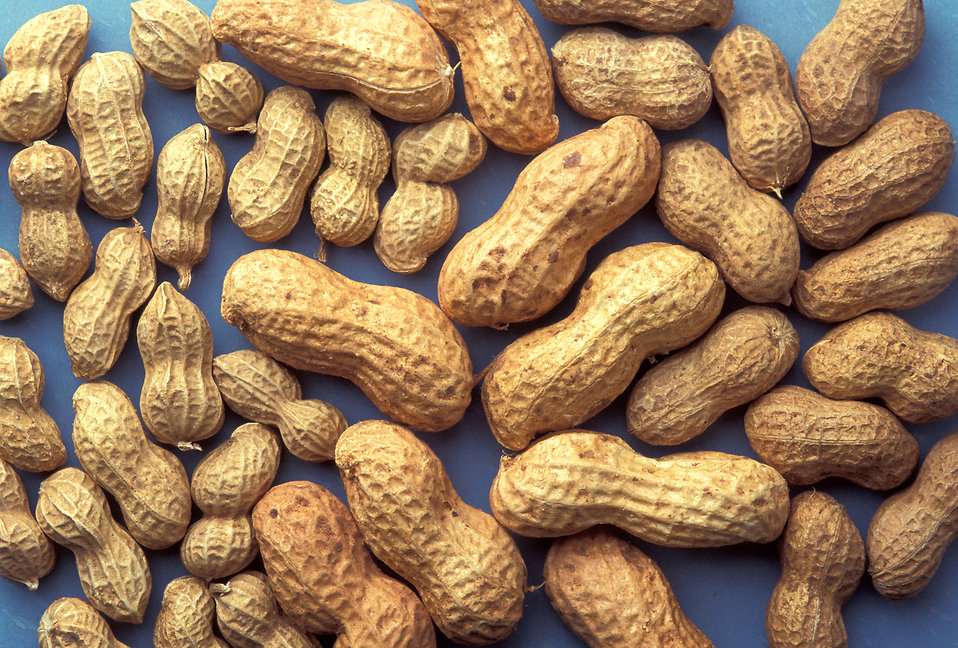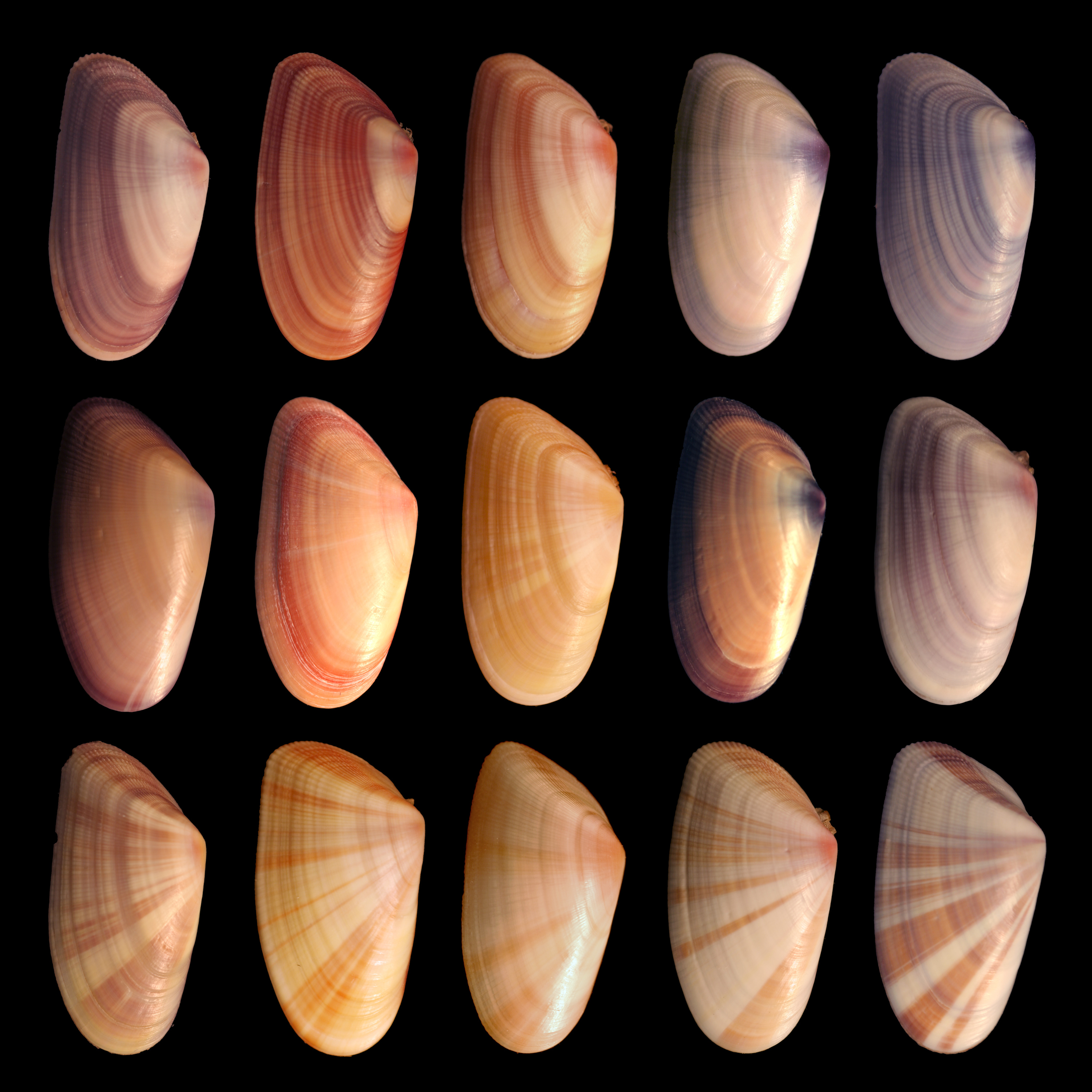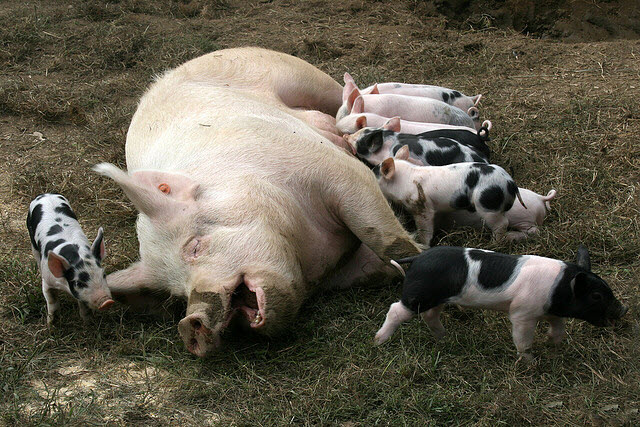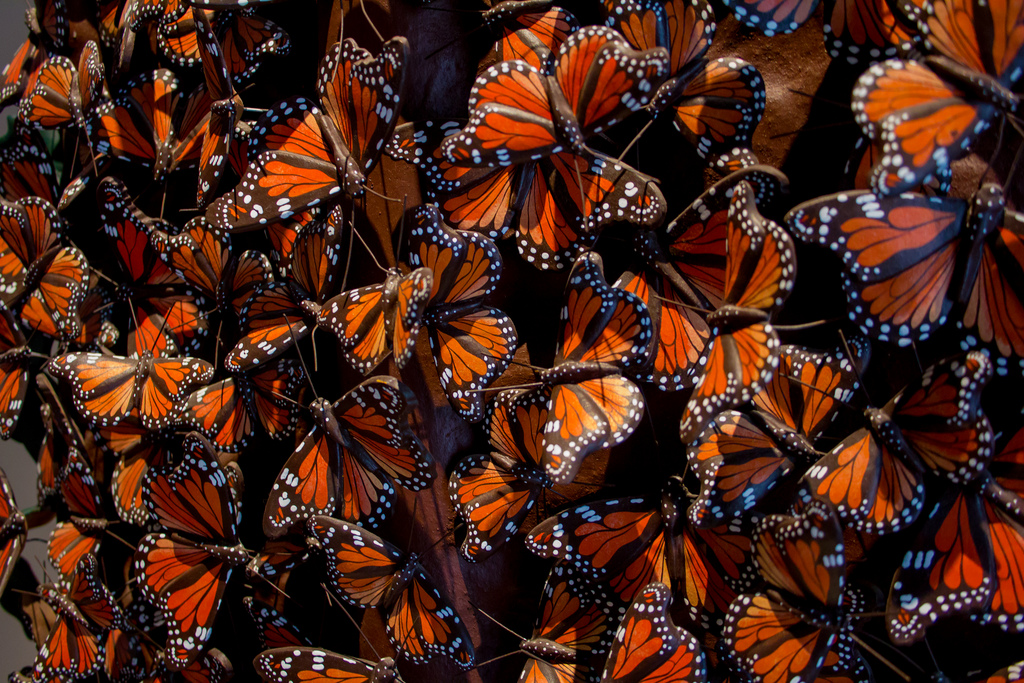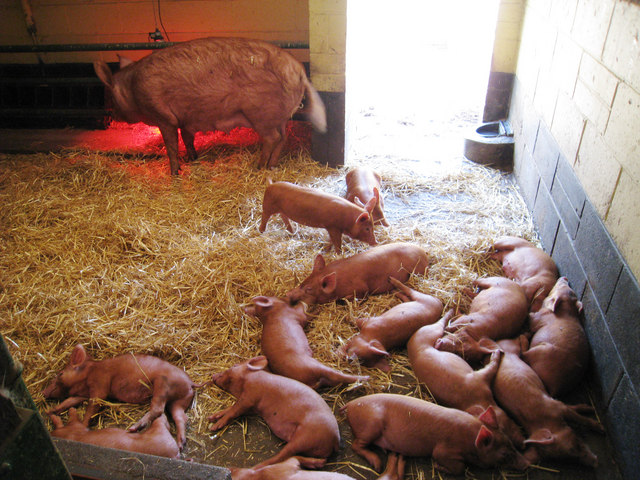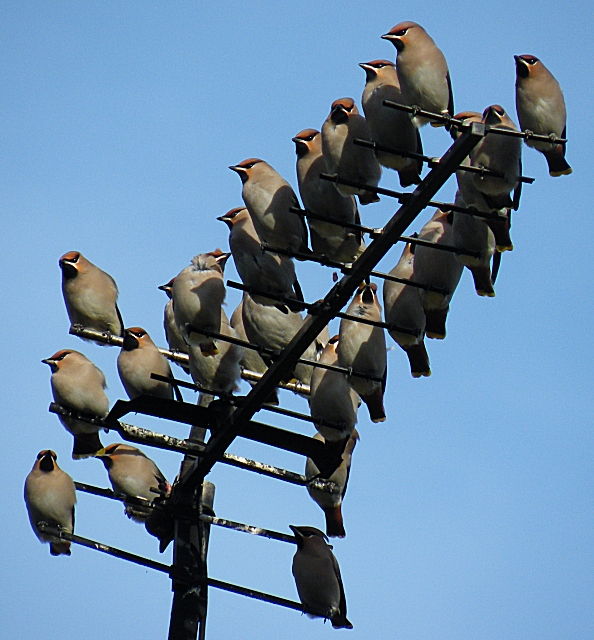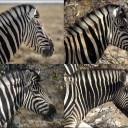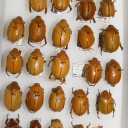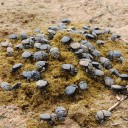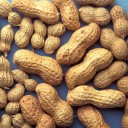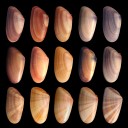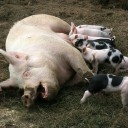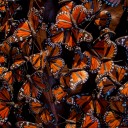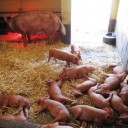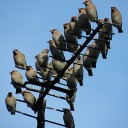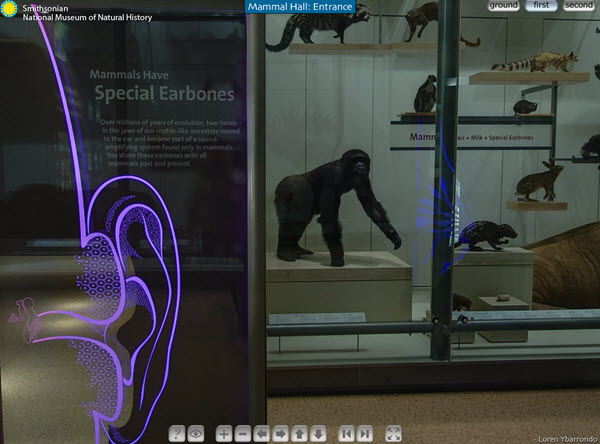Variation & overproduction
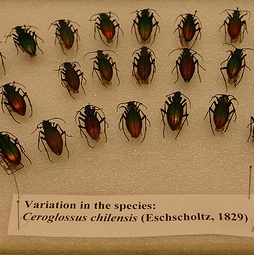 To understand how natural selection leads to evolution it is important to know about variation and overproduction of offspring. These two concepts are the key to understanding evolution. In this activity students see examples of variation in different populations, make links with the genetics topic and consider the nature of overproduction of offspring in sexual reproduction.
To understand how natural selection leads to evolution it is important to know about variation and overproduction of offspring. These two concepts are the key to understanding evolution. In this activity students see examples of variation in different populations, make links with the genetics topic and consider the nature of overproduction of offspring in sexual reproduction.
Lesson Description
Guiding Questions
- Why do members of the same species have such variation in their characteristics?
- Do the characteristics of individuals or the average characteristics of populations change due to evolution?
Activity 1 - Variation within a species
Mutation, meiosis and sexual reproduction cause variation between individuals in a species because they lead to a different set of alleles in each offspring. Offspring keep these genes and the same characteristics for the whole of their life but some individuals are better adapted, and reproduce more successfully.
How much variation is there in natural populations? Do all populations show variation in their features?
Look closely at the Gallery of 10 images of animals. Each image shows the same species.
Hover over or click the image to see the caption.
Make a list of ways in which there is variation visible between the individuals in the each image. Record your answers in the ![]() Variation of offspring worksheet
Variation of offspring worksheet
Activity 2 - Overproduction of offspring
There are many examples of organisms which produce far more offspring that the environment could ever support. Humans may be considered one example, many fish species lay millions of eggs at one time, though only a fraction of those survive. Sea turtles can lay anywhere from 70 to 190 eggs at a time, though only about one out of 100 typically survive. Why do organisms invest such a lot of energy into reproduction.
Advantages of overproduction
- Species which have predators increase the chance of survival of parental DNA through overproduction.
- Overproduction supports survival of the fittest leading to a stronger gene pool
- It increases the odds of a spontaneous variation which may lead to a better adapted individual
Risks
- Overpopulation could threaten the entire population if the food supply is destroyed (eg locusts)
- If one species becomes too numerous this could threaten other species or an entire ecosystem.
To understand how common overproduction of offspring really is complete the short questions on the ![]() Overproduction of offspring student worksheet.
Overproduction of offspring student worksheet.
Activity 3 - Theories about variation & its causes.
Ecologists are always looking to find trends in variation and if possible the causes of these trends. The box below shows some rules which attempt to explain geographic variations in species characteristics.
ALLEN'S RULE
Allen's Rule states that extremities of animals are relatively shorter in the cooler parts of a species' range than in the warmer parts. ("extremities" could be; arms, legs, ears, and snout or nose)
GLOGER'S RULE
Gloger's Rule aims to explain geographic gradual variation in flower colour, feather colour and skin colour. It states that dark pigments increase in races of animals living in warmer habitats.
In 1833 the German ornithologist Constantin Lambert Gloger noted that birds from warmer regions tend to be darker in colour than related species from cooler areas1. Since then ‘Gloger's rule’ has been observed in several bird and mammal species including humans. Most recently it has been observed in plants see this journal article.
Read the following blog post and consider the Nature of Science point relating to this topic.
(Nature of science: Use theories to explain natural phenomena)
Gloger's rule - https://malagabay.wordpress.com/2013/05/14/glogers-rule-1-warm-blooded-animals/
Which of the descriptions of Gloger's rule do you think is the best explanation of this natural phenomenon of variation?
________________________________________________________________________________________________
________________________________________________________________________________________________
Perhaps there is an exhibit in the Smithsonian Natural history museum which explains the reasons for variation.
Why not take a look around. Make a note of anything about variation or adaptations which catches your eye.
This display about mammalian adaptations, including ear bones, is a good starting place, in the mammal hall entrance.
Virtual visit to the exhibition of whale bones in the Smithsonian museum is great too
Virtual visit to the exhibition of whale bones in the Smithsonian museum
Teachers notes
This lesson contains some obvious ideas which are fundamental to the theory of evolution by natural selection.
Activity 1 aims to illustrate how variation occurs within a species as well as between species. The descriptive answers to the worksheet questions are subjective, and serve to illustrate the point. There are many ways to answer and students who realise that variation can lead to some animals having better adaptations than others have learned the most important point.
Activity 2 comprises a few simple calculations using real examples of animals to illustrate the extraordinary capacity which living things have to reproduce. There are model answers to these questions here;
Activity 3 is really extension, and there are two aspects.
- The blog post is a great illustration of how theories can be modified and adapted to suit a scientists need to explain the trends in their data. This is a bit of TOK (see one of the 2016 essays on natural selection of knowledge ideas)
- The virtual visit to the Smithsonian natural history museum is a real treat. A reward for students who work hard in a lesson, or a short independent study in variation.
These are a few extra resources which didn't get used in this webpage.
This is a nice article about a graduate student investigating Gloger's rule http://www.fieldmuseum.org/science/blog/uc-davis-graduate-student-jennifer-phillips-gets-scholarship-award-work-bird-collections
A great animation which explains evolution

 IB Docs (2) Team
IB Docs (2) Team

